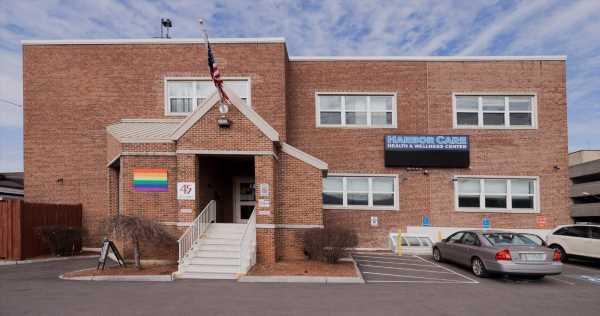Photo: Harbor Care Health and Wellness Center
Harbor Care Health and Wellness Center in Nashua, New Hampshire, provides primary care, behavioral health and dental services to a population that is either homeless or at risk of homelessness.
Harbor Care Health is a Federally Qualified Community Center (FQHC). FQHCs were established to provide affordable medical services to those in need, regardless of their ability to pay.
THE PROBLEM
As a not for profit, investments in information technology are, at times, challenging, said Henry Och, chief operating officer. Maintaining core IT services and advancing innovative technologies are difficult with a small tech budget, he added.
“When the COVID-19 pandemic ramped up in early 2020, we put a significant amount of stress on our already over-taxed technology infrastructure,” he recalled. “Additionally, even without COVID-19, our patient population can be transient, and keeping them engaged in care often is difficult, presenting many risks to their overall health.
“Technology can help address that challenge by leveraging mobile and web-based platforms to provide access to our patients’ care teams,” he continued. “We rapidly deployed several telemedicine solutions, including Doxy.me and Zoom, to establish multiple channels of communication for our patients.”
PROPOSAL
These telemedicine products rely on a great deal of Internet connectivity. Harbor Care Health’s network infrastructure needed significant improvements to handle the demands of mobile devices, computer equipment and server traffic.
Additionally, the existing telecommunications technology was not designed to take advantage of contemporary, unified communication platforms.
“As we developed our project proposal and plan, we determined our network plumbing needed to be addressed as we ramped up the use of telehealth services,” Och explained. “We upgraded our point-to-point, Internet and VoIP systems.
“We integrated our new web-based VoIP system from WildIx with our Office 365 platform,” he added. “Having a close integration with all our communication systems allowed us to provide telehealth services in a consistent and high-performing manner.”
The workforce also benefited from the investments, as it now can be productive regardless of its location. Telehealth – and telecommuting for staff – rapidly became a core element of the services offering.
MARKETPLACE
There are many vendors of telemedicine technology and services on the health IT market today. Healthcare IT News published a special report highlighting many of these vendors with detailed descriptions of their products. Click here to read the special report.
MEETING THE CHALLENGE
Once Harbor Care Health implemented the telehealth technologies, it needed to provide training to both staff and patients. Those were the two largest stakeholder groups.
“We used the telehealth solution to provide services to adults and children,” Och said. “Those services included primary care, behavioral health and addiction treatment. Providing behavioral health and addiction treatment via telehealth made a big impact on the lives of our patients navigating the unknowns of the COVID-19 pandemic.”
RESULTS
Telehealth services now are part of the provider organization’s services delivery model.
“In calendar year 2021, we provided 15,207 virtual visits, whereas in 2019 we provided none,” Och reported. “In 2019, we treated 3,194 patients. During 2020, that number dropped to 2,573 patients. As a result of increased access to care via telehealth and adjustments to operations, we have increased access to 2,681 patients.
“We have yet to regain our pre-pandemic footing,” he continued. “However, with the continued utilization of technology and innovative solutions, we are confident we will continue to provide access to high-quality care.”
USING FCC AWARD FUNDS
Harbor Care Health and Wellness Center was awarded $801,768 from the FCC telehealth grant program to obtain computers and telecommunications devices, as well as improvements to their network and network security, to provide enhanced telehealth services to patients, 75% of whom self-identified as homeless.
“We have been using the FCC telehealth award funds to ensure the technology supporting our healthcare professionals and support staff can meet the needs of our patients,” Och said. “We have upgraded infrastructure, end-user equipment and treatment rooms.
“One of the concepts we have implemented are telehealth ‘phone booths,'” he concluded. “These areas can be used by our staff to connect patients with their provider regardless of where the provider is located. We hope to use this platform to virtually connect patients to their specialty providers or other healthcare professionals.”
Twitter: @SiwickiHealthIT
Email the writer: [email protected]
Healthcare IT News is a HIMSS Media publication.
Source: Read Full Article



